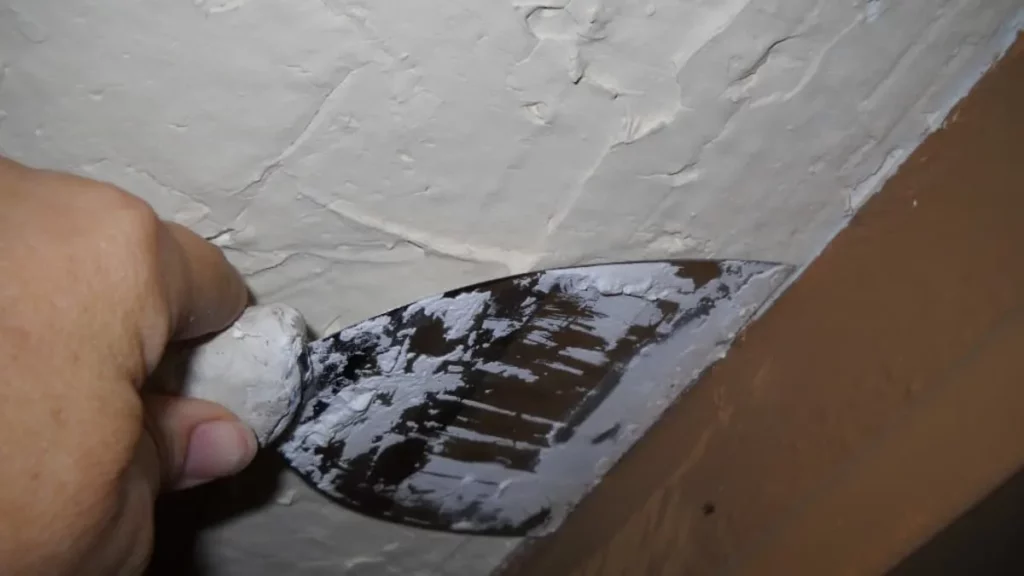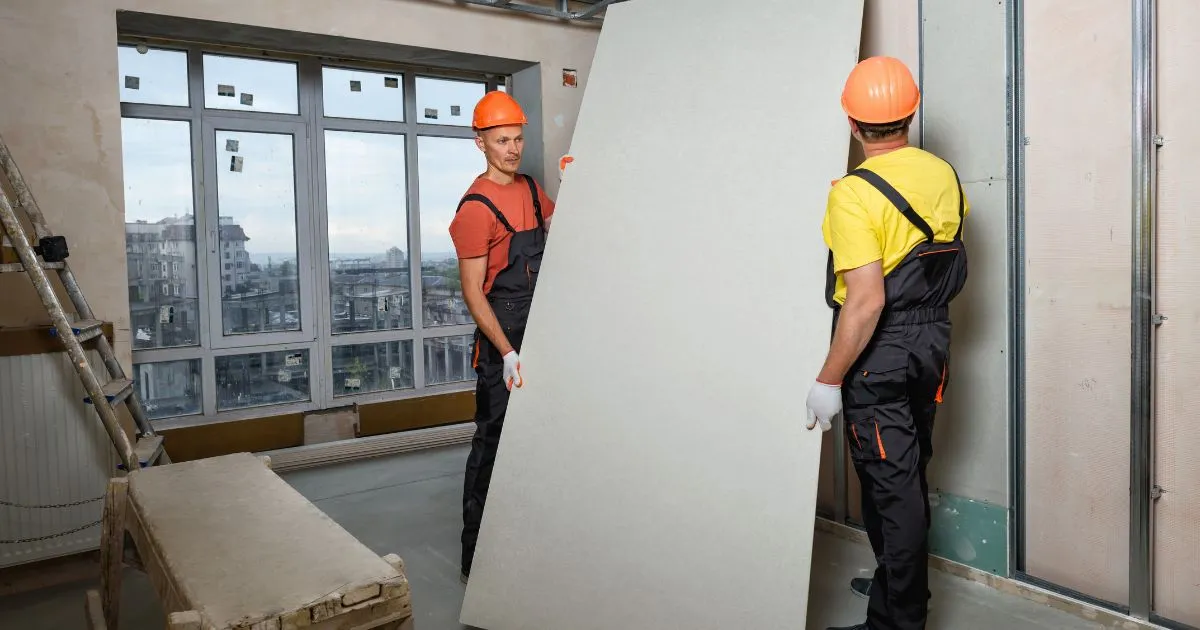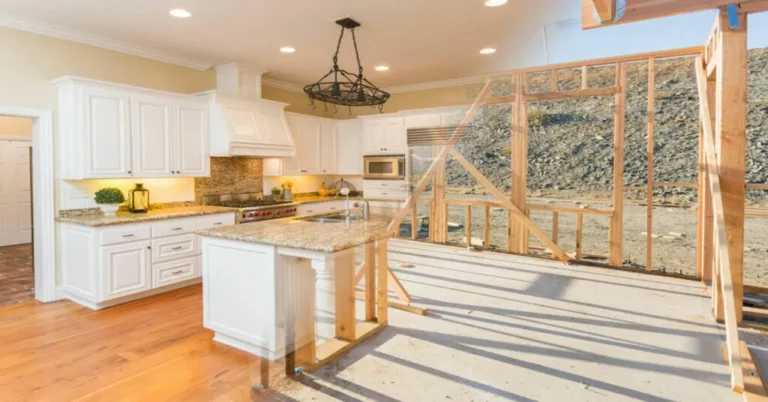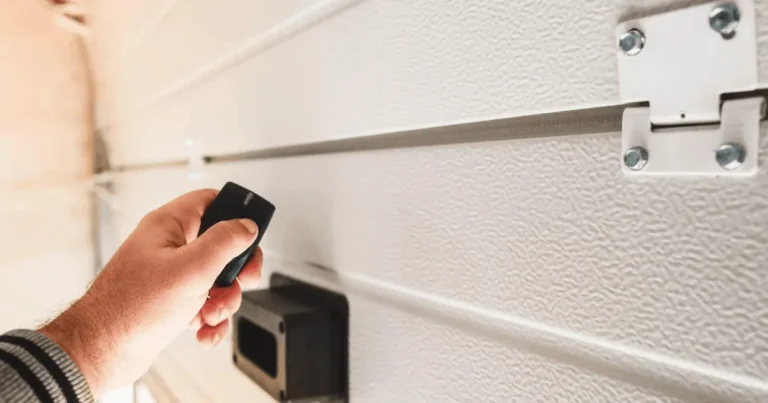What is the difference between plaster and drywall?
Are you dreaming of transforming your space into a stunning masterpiece? Well, look no further because we have the perfect ingredients for you: plaster and drywall! These two construction materials are essential in creating beautiful walls that stand the test of time. But what exactly is the difference between plaster and drywall? We will delve into their construction methods, pros and cons, cost comparison, DIY installation tips, painting techniques, hanging solutions, and even how to determine if your walls are plaster or drywall. So let’s grab our tools and get ready to uncover the secrets of these fabulous wall finishes!
Construction methods of plaster and drywall

Plaster is a traditional wall construction method that involves applying multiple layers of plaster to a lath or masonry base. Drywall, on the other hand, is a more modern approach where gypsum boards are screwed onto studs and finished with a joint compound. Each method for building seamless walls has unique characteristics.
Pros and cons of plaster and drywall
Plaster offers durability, soundproofing, and a smooth finish. However, it is labor-intensive to install and can crack over time. On the other hand, drywall is easier to install, more cost-effective, and allows for easy repairs. But it may not be as durable or provide the same level of soundproofing as plaster.
Cost comparison between plaster and drywall
When it comes to cost, plaster and drywall have their differences. Plaster installation can be more expensive due to the skilled labor required. Drywall, on the other hand, is cheaper upfront but may require additional costs for finishing and painting. Consider your budget and long-term maintenance when choosing between the two.
DIY installation for plaster and drywall
DIY installation of plaster and drywall can be a challenging but rewarding project. With plaster, you’ll need to mix and apply multiple layers, allowing each to dry before moving on. Drywall is easier to install, with pre-made panels that can be nailed or screwed onto the studs. Take your time and follow the instructions carefully for a successful DIY job!
Painting tips for plaster and drywall
When it comes to painting plaster and drywall, there are a few tips that can help you achieve a smooth and flawless finish. Priming the surface before painting is crucial for both materials, as it helps the paint adhere better. Prior to beginning, make sure to fill in any holes or cracks in the drywall and sand any rough areas on the plaster. And don’t forget to use high-quality paint brushes and rollers for even coverage!
Hanging things on plaster and drywall
When it comes to hanging things on walls, whether they’re made of plaster or drywall, there are a few key considerations. From the type of anchor or hanger to use to the weight capacity and installation process, it’s important to take the necessary steps for secure and damage-free hanging. Let’s explore some tips and tricks for hanging items on both plaster and drywall surfaces!
How to determine if a wall is plaster or drywall
One method for figuring out if a wall is made of drywall or plaster is to do a knock test. Gently tap on the wall and listen for a hollow sound, which indicates drywall. A solid thud suggests plaster. But remember, this method may not always be foolproof!
Recommended picture hangers for plaster and drywall
When it comes to hanging pictures on plaster or drywall, having the right picture hangers is crucial. For plaster walls, consider using brass hooks or adhesive hooks designed for heavy items. For drywall, opt for plastic anchors or toggle bolts for added support. Choose the right hangers to keep your artwork secure and ensure that your walls remain intact.
Insights on the history and transition from plaster to drywall
Before the rise of drywall, plaster was the go-to material for interior walls. Plaster has a long history dating back to ancient civilizations such as Egypt and Rome. However, in the early 20th century, drywall emerged as a more convenient and cost-effective alternative. This transition from plaster to drywall revolutionized the construction industry and continues to shape modern building practices.
The manufacturing process of drywall and plasterboard
Drywall, also known as gypsum board, is manufactured by grinding gypsum into a fine powder and then combining it with water and additives. The mixture is spread onto a layer of paper and dried to create large sheets. Plasterboard follows a similar process but typically uses different additives for increased strength or fire resistance.
The installation process of drywall and plasterboard
The installation process of drywall and plasterboard involves measuring, cutting, and attaching the panels to the wall studs using screws or nails. A joint compound is then applied to fill in any gaps or seams before sanding and finishing with paint or wallpaper for a smooth and seamless look.
Benefits of drywall and plasterboard
When it comes to choosing between drywall and plasterboard, there are several benefits to consider. Drywall is known for its affordability, ease of installation, and versatility in design options. Plasterboard offers excellent durability, soundproofing capabilities, and a smooth finish. Both options have their advantages; it all depends on your specific needs!
Painting plaster
Painting plaster requires some extra care due to its porous nature. Before painting, make sure to clean the surface thoroughly and use a primer to ensure better adhesion. Apply multiple coats of paint for a smooth finish. Don’t forget to patch any cracks or imperfections before starting your painting project!
Painting drywall
Painting drywall is a crucial step in finishing your walls. Start by priming the surface to ensure better paint adhesion. Choose high-quality paint and apply it evenly using a roller or brush. Allow ample drying time between coats for a smooth, professional finish.
Find out when your home was built
One way to determine if your walls are plaster or drywall is by finding out when your home was built. The construction methods used during different periods can give you a clue about the materials used in your walls.
Observe cracks and flaking paint
One way to determine if your walls are plaster or drywall is to observe cracks and flaking paint. If you notice a lot of cracking and peeling, it could be a sign that you have plaster walls. Drywall tends to show fewer cracks and may only require minor touch-ups over time. Keep an eye out for these clues when trying to identify the type of wall material in your home!
Do the pushpin test
To determine if your walls are made of plaster or drywall, try the push-pin test. Take a pushpin and gently press it into an inconspicuous area of the wall. If it goes in easily with minimal resistance, you likely have drywall. If there is more resistance or the pin doesn’t go in at all, chances are it’s plaster. Give it a shot!
Look behind the wall
Looking behind the wall can be a revealing experience. By exploring what lies beneath the surface, you may uncover valuable clues about whether your walls are made of plaster or drywall. Take a peek and see what secrets await!
Explore the differences between plaster and drywall
When it comes to home construction, understanding the differences between plaster and drywall is essential. Plaster offers a timeless aesthetic, while drywall provides a more cost-effective and versatile option. Let’s delve into the unique characteristics of each material and explore their distinct advantages!
How to tell if your walls are drywall or plaster
Using a knock test can help determine if your walls are drywall or plaster. Simply tap on the wall with your knuckles; if it sounds hollow, it’s likely drywall; if it sounds solid and dull, it’s probably plaster.
Using a knock test
Using a knock test is a simple way to determine if your walls are made of plaster or drywall. Tap on the wall and listen for a hollow sound, which indicates drywall. A solid thud means it’s likely plaster. Give it a try and see what you discover!
Conclusion
Understanding whether your walls are made of plaster or constructed with modern-day materials like gypsum-based drywall allows you to make informed decisions about repairs, renovations, and hanging items securely within your living space. So next time you’re contemplating a home project, take a moment to determine whether your wall.
Drywall FAQs
As we wrap up our exploration of the difference between plaster and drywall, we want to address some common questions that homeowners often have about drywall. Here are a few frequently asked questions:
How long does it take for drywall mud to dry?
The drying time for drywall mud can vary depending on factors such as humidity and temperature. Typically, it takes 24-48 hours for the mud to fully dry.
Can I hang heavy objects on the drywall?
Yes, you can hang heavy objects on drywall by using appropriate anchors or wall fasteners designed specifically for this purpose. It’s important to ensure that the weight is evenly distributed and properly supported.
Is it necessary to prime before painting drywall?
Priming your drywall before painting is highly recommended, as it helps seal the surface, prevents stains from bleeding through, and ensures better paint adhesion and durability.
How do I repair small holes or cracks in my drywall?
For small holes or cracks in your drywall, you can use a spackling compound or joint compound mixed with water. Apply the mixture into the hole or crack using a putty knife, smooth it out, let it fully cure or dry according to manufacturer instructions, and if needed, prime and paint over the patched area.
Can I install insulation behind my existing plaster walls?
It is possible to add insulation behind existing plaster walls; however, this process requires careful consideration due to potential challenges like accessing wall cavities without damaging the plaster surface.






